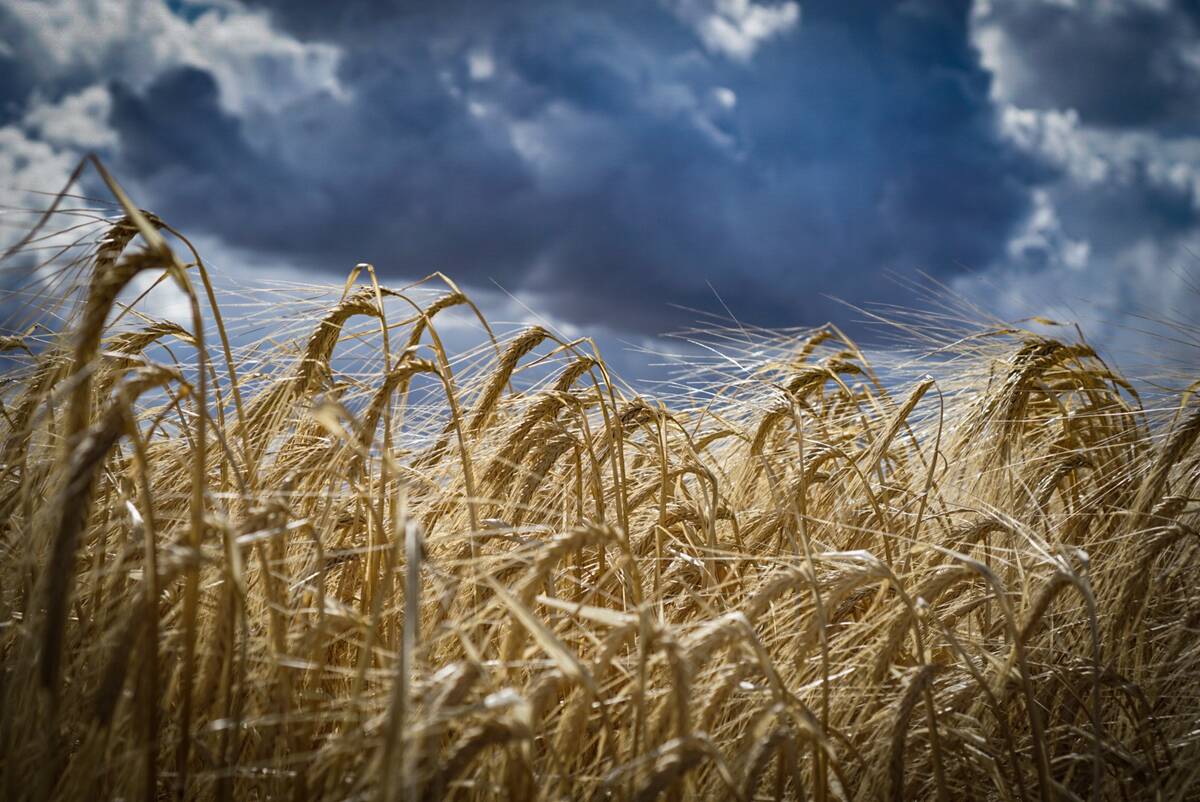SASKATOON – The flour for the buns on the potluck table came from seeds planted by farmers like Doyle Wiebe of Langham, Sask.
He planted hard red spring wheat on 1,300 of the 4,000 acres he cropped this year.
“The wheat crop was one of the more pleasant surprises. We had decent quality and we got it off before the rains came in the fall,” he said. It was the first crop in three years that hadn’t succumbed to drought or grasshoppers.
Wiebe sees his role as both a manager and steward of the land, whose job is the profitable production of safe, healthy food that is in demand by consumers.
Read Also

Malting barley exporters target Mexican market
Canada’s barley sector is setting its sights on the Mexican market to help mop up some of the lost demand from China
“We feed the world by making the best use of the resources we have. We also have to make sure the land is healthy for future generations.”
Once in a while he thinks about the end consumer of his crops, especially the people in developing countries who may be most affected by rising prices.
From Wiebe and others like him, the harvested wheat goes to grain elevators.
Michael Bohn, a grain merchant at Pioneer Grain Co. Ltd. near Saskatoon, described his role in the wheat to bread food chain as weighing deliveries from farmers, grading for quality and loading grain onto rail cars.
“All of the logistics, from the farm yard to the port, we have a hand in,” he said.
Most of Canada’s wheat crop goes by train to port and then directly onto ships for export. But some grain is sold to prairie flour mills.
There, the wheat is ground into flour.
Dale Williamson, general manager of Prairie Flour Mills Ltd. in Elie, Man., said his mill processes about 240 tonnes per day of mostly HRSW into 170 tonnes of flour, bran and screenings.
Other types of wheat are sometimes added to round out the 11.5 percent protein content required in the all-purpose flour sold by Prairie Flour Mills in bulk to local bakeries. Some flour is packaged in 10 kilogram bags to local and national retail chains such as Sobeys. The packaging states: Milled in Manitoba.
Most shipments of wheat come to the mill from the surrounding area, since freight costs are a big factor in profitability, Williamson said.
The price the mill pays for grain is determined by daily trading prices set at the Minneapolis Grain Exchange.
Once purchased, the wheat is cleaned and water is added to the outside kernel in a tempering bin, which helps in removing the bran. The grain then goes through a series of rollers and sifters until particle size is reduced to 150 microns.
The flour is sold to retailers like Faith Adams, owner of Waldheim Fine Foods, in Waldheim, Sask.
Her store carries two brands of flour, Robin Hood and a generic brand. Some customers are die-hard Robin Hood fans.
Different flours have different characteristics when cooking and baking. One brand might work better with a certain recipe, she added.
“Some people are particular about which brand they buy, while others just choose whatever is cheapest and then make it work for them,” Adams said.














